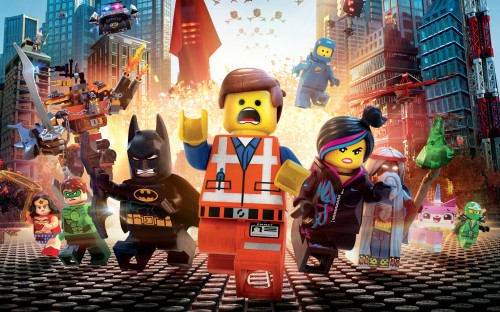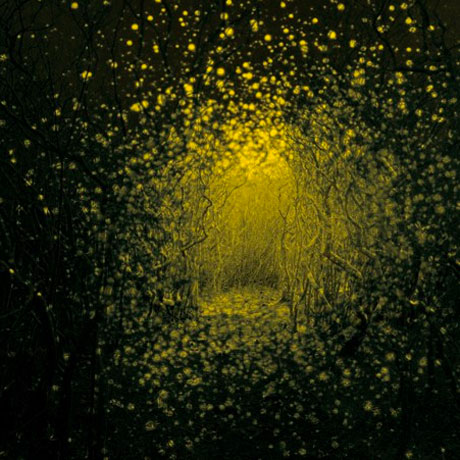By Greg Popil
Is it possible to make a real artistic statement out of a commercial? The brain naturally recoils at the notion. Art has always had a tenuous but working relationship with capital (most of the great art in human history was done on commission, and “Citizen Kane” and “The Godfather” certainly weren’t made for charity), but there is a line in most people’s mind when it comes to a product actively being pitched to them. A commercial or ad can be clever, or funny, or well-constructed, but status as actual “art” is a little beyond the medium’s reach.
But is that fair? The amazing show “Mad Men” has been making a solid argument for advertisements as art for more than half a decade, most notably in the first season’s finale, when a pitch for a new type of camera left a room of grown men in or near tears. Hasbro and Warner Bros. seem to harbor no illusions that “The Lego Movie,” right down to its on-the-nose title, is a feature-length commercial for the titular building blocks. The question is, did they navigate the tricky path of also making it a worthy movie?
The answer, surprisingly, is largely yes. After a standard opening prologue in which Lord Business (Will Ferrell, largely hitting the same villainous notes as in “Mastermind” and “Zoolander,” to diminishing effect) stealing an artifact of immense power, we drop in on the life of Emmett, an average Lego worker in a Lego city where everyone follows the instructions, loves their president without question, and knows the words to the latest pop songs. It’s a decently sharp takedown of consumerist culture, like a caffeinated “WALL*E,” but soon enough, Emmett meets a (sigh) beautiful woman who (double sigh) leads him down a rabbit hole and exposes the truth of his world, including the fact that (triple sigh) Emmett is the Chosen One. I could fill the rest of this review (along with two more) with a list of movies that have followed this exact same formula, though there is one reasonably clever twist: Emmett stands out by his ability to be more average than anyone else.
As Emmett trains to become a master builder with the help of his requisite love interest and older, black mentor (voiced by Morgan Freeman, who apparently won the game of Rock Paper Scissors with Laurence Fishburne to determine who would get the role this time), they travel through multiple Lego worlds, all of which are absolutely gorgeous. The CGI is truly stunning; you can see the little nubs of the tops of individual Legos in even the large battle scenes or on the waves of a giant Lego ocean (probably my favorite sequence). The voice actors are also well-cast. Chris Pratt and Elizabeth Banks have good chemistry as the protagonists, Channing Tatum and Jonah Hill are a lot of fun as Superman and a fan-boy Green Lantern, and an extra gold star for whoever thought to cast Will Arnett as Batman. Arnett is so fantastic in the role, allowing Batman to sound at once hilariously conceited and genuinely menacing, that one wishes he would get the chance to voice the character in a new animated series.
Now, there’s no reason to call this anything other than what it is: a giant, feature-length commercial, designed to send kids home from the theater with dreams of giant Lego play sets dancing in their heads. But that doesn’t mean that there’s no merit to the execution. Directors Chris Miller and Phil Lord, who turned a similarly cynical cash-in into a genuinely funny diversion in “21 Jump Street,” load the movie with gags that crash together so fast it seems like they were shot out of a catapult, so that even if you roll your eyes at one, there’s another, quite possibly better, one coming within a couple seconds (the twin Michelangelo introduction was probably the biggest laugh of the movie). As the movie heads towards the inevitable epic, climactic Battle To Determine The Fate Of The Universe, it takes a surprisingly slow, thoughtful left turn, and uses the product that it’s shilling to mediate on the merits of meticulous, thoughtful construction versus the creativity of improvisation.
This is heady stuff for a kids’ movie, and the directors and writers deserve credit for adding it. In the 20 years since Pixar raised the bar for nuance in G-rated entertainment with the first “Toy Story,” studios have made an admirable turn towards putting together solid scripts before they break out the CGI. It isn’t High Art, or Important Cinema, but “The Lego Movie” manages to be a lot of fun, and sometimes fun is enough.
Rating: 60/81




Leave a Reply